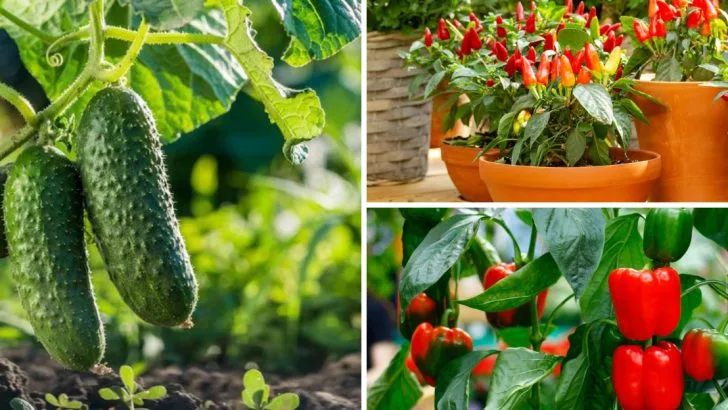Some garden plants, while beautiful, can be more trouble than they’re worth. Certain varieties can carry diseases that spread to nearby plants, threatening the health of your entire garden. Even if these plants seem harmless at first, they might unknowingly harbor pests or fungi that cause damage to the rest of your garden, turning a peaceful space into a battleground for plant health.
It’s important to keep an eye on the plants you’re introducing into your garden. While some may seem like harmless additions, others could be carrying harmful pathogens that could affect your other plants. By being aware of which 19 plants might be spreading diseases, you can take steps to protect your garden and ensure that everything thrives without risk of contamination.
Tomato
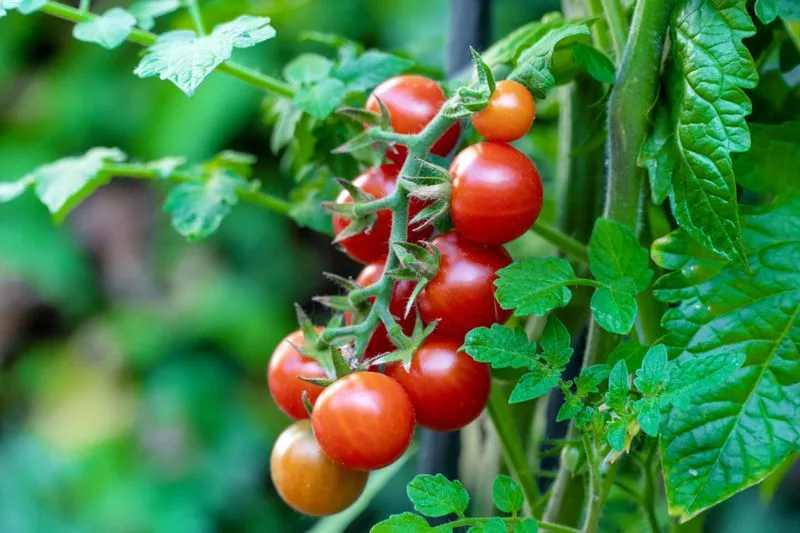
Tomatoes are a staple in many gardens, cherished for their juicy fruit. However, they are notorious for spreading fungal diseases like blight.
This disease can devastate not only tomatoes but also potatoes.
To prevent blight, ensure proper air circulation around the plants and avoid overhead watering. Mulching can also help by preventing soil from splashing onto the leaves, which reduces the spread of disease.
Regularly inspect your tomato plants for early signs of blight, such as yellowing leaves with dark spots, and remove affected foliage promptly.
Cucumber
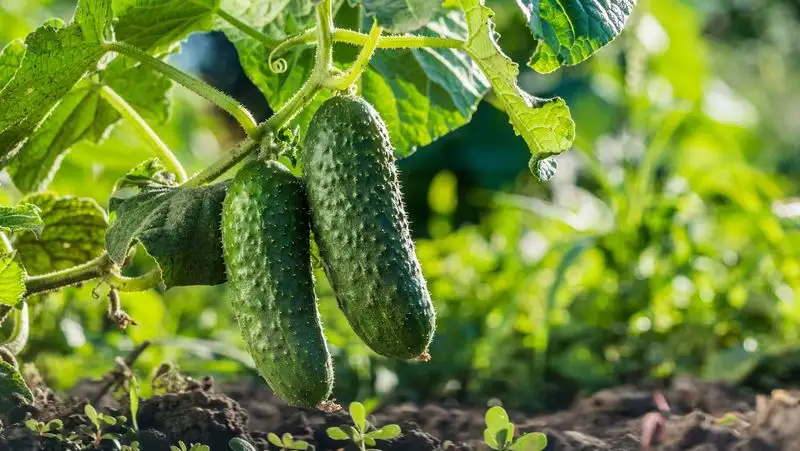
Cucumber plants, with their crisp and refreshing fruit, are prone to powdery mildew. This fungal disease appears as white powdery spots on leaves, affecting photosynthesis and growth.
To combat powdery mildew, plant cucumbers in sunny spots with good air flow. Water the plants at the base to keep foliage dry.
Consider using resistant varieties and apply fungicides if necessary. Removing infected leaves can also help in controlling the spread, keeping your cucumbers healthy and productive.
Rose
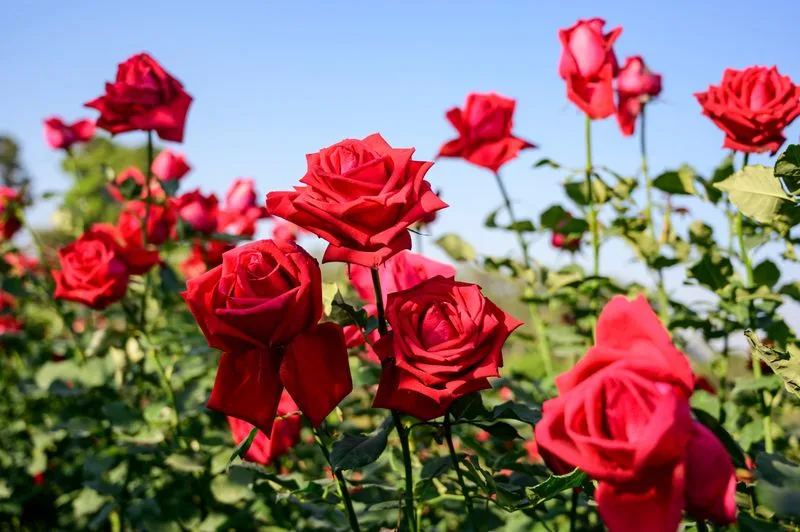
Roses, famous for their beauty and fragrance, are susceptible to black spot disease. This fungal disease causes black spots on leaves, leading to leaf drop and weakened plants.
To prevent black spot, water roses at the base to keep foliage dry and ensure good air circulation. Regularly prune the plant to remove infected leaves and improve airflow.
Using mulch around roses can prevent water from splashing onto the leaves, reducing the spread of spores. Fungicides may also be applied as a preventive measure.
Zucchini
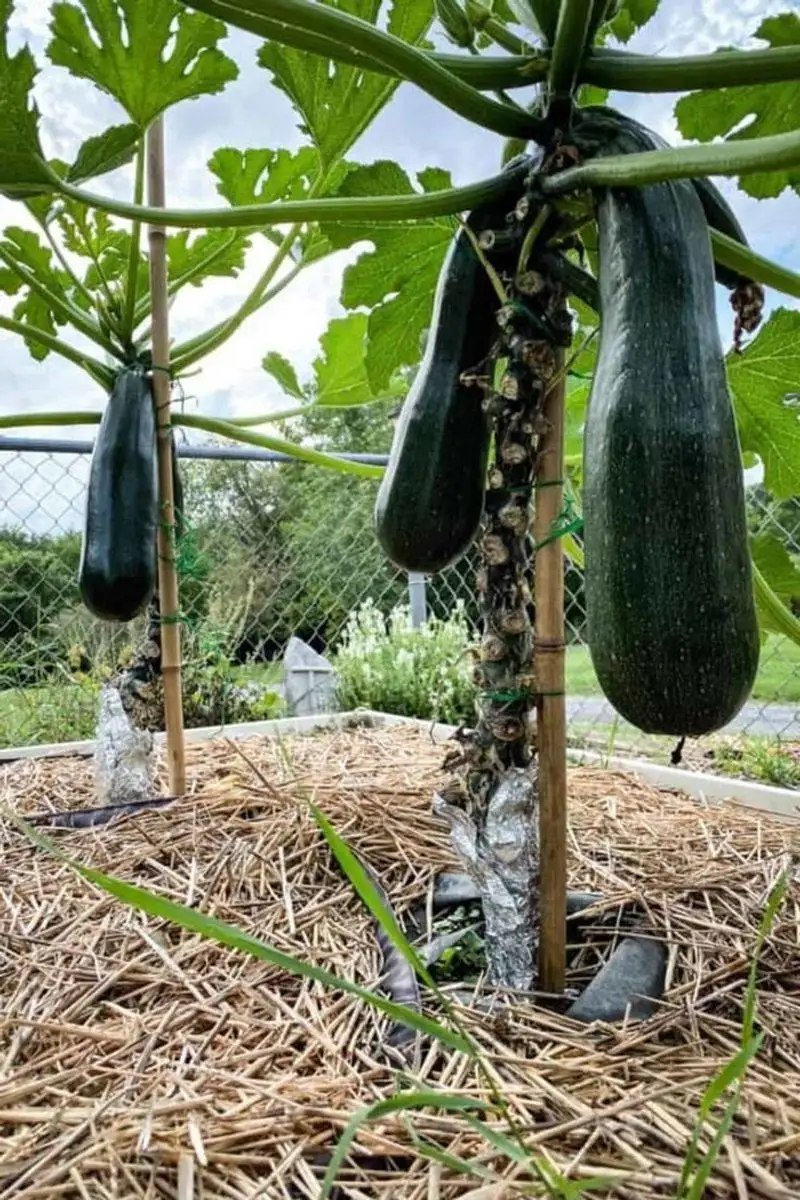
Zucchini plants are loved for their abundant harvest, but they can fall prey to bacterial wilt. This disease is often spread by cucumber beetles and leads to rapid wilting and plant death.
To prevent bacterial wilt, control cucumber beetles by using row covers or insecticides. Keep the garden clean and free of debris where beetles can hide.
If you notice zucchini plants wilting, remove them immediately to prevent the bacteria from spreading to other cucurbits in the garden.
Strawberry
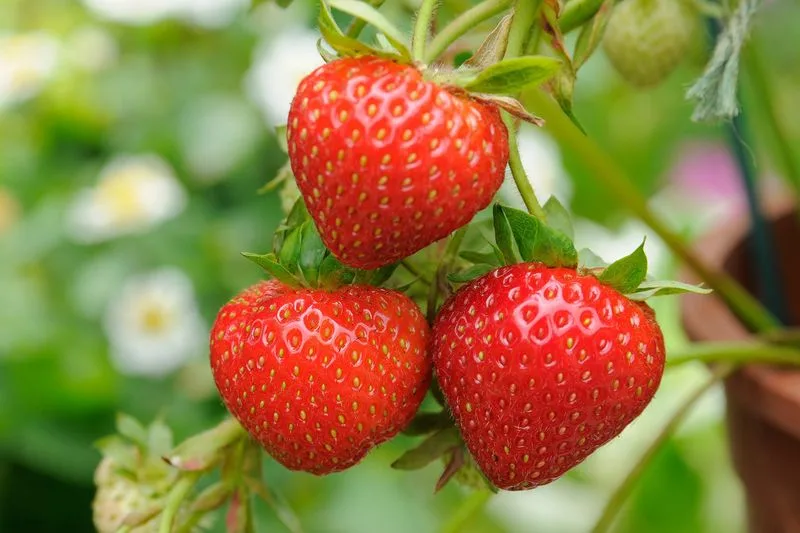
Strawberries are a delightful treat but can be affected by gray mold, especially in humid conditions. This fungal disease causes fluffy, gray growth on the berries, ruining the fruit.
To minimize gray mold, space plants properly to allow air circulation and use drip irrigation to keep the foliage dry. Harvest ripe strawberries regularly to reduce the risk of infection.
Removing decayed or infected berries promptly can prevent the spread of mold, ensuring healthy, delicious strawberries for your enjoyment.
Basil
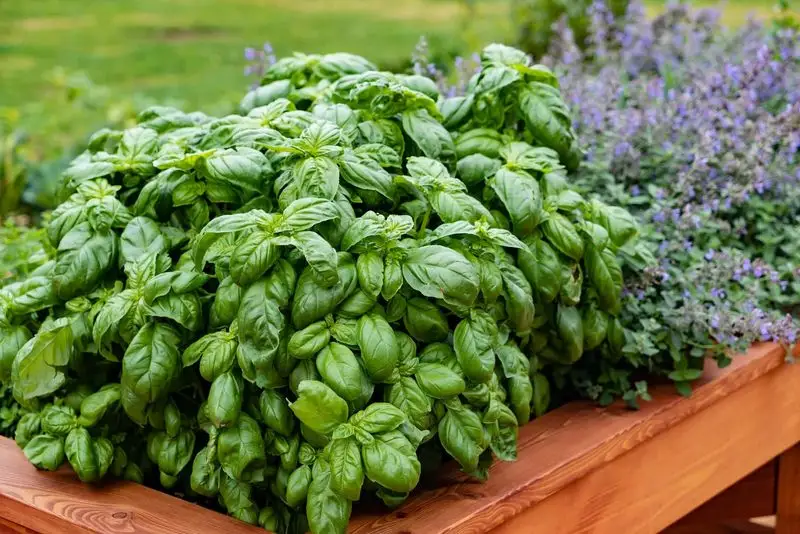
Basil, a favorite herb for many, can be afflicted by downy mildew. This disease causes yellowing leaves with a fuzzy gray underside, affecting plant health and flavor.
To manage downy mildew, plant basil in well-drained soil with plenty of sunlight. Avoid overhead watering and space plants to enhance airflow.
If downy mildew appears, remove affected leaves immediately. Consider using resistant basil varieties and rotating crops annually to reduce disease buildup in the soil.
Pepper

Peppers are vibrant additions to any garden but can suffer from bacterial spot. This disease creates dark, water-soaked spots on leaves and fruit, reducing yield.
To prevent bacterial spot, use disease-free seeds and avoid working with wet plants. Copper-based sprays can help control the disease, but prevention is key.
Remove and destroy infected plant material to prevent the spread. Rotate crops each year to minimize the risk of reinfection, keeping your pepper plants thriving.
Apple Tree

Apple trees are prized for their delicious fruit but can be bothered by apple scab. This fungal disease causes dark lesions on leaves and fruit, affecting both appearance and yield.
To manage apple scab, plant resistant varieties and ensure proper pruning to improve air circulation. Fungicides can be applied preventatively during key growth stages.
Clearing fallen leaves and debris from around the tree can reduce overwintering spores, helping to keep the disease under control.
Grapevine
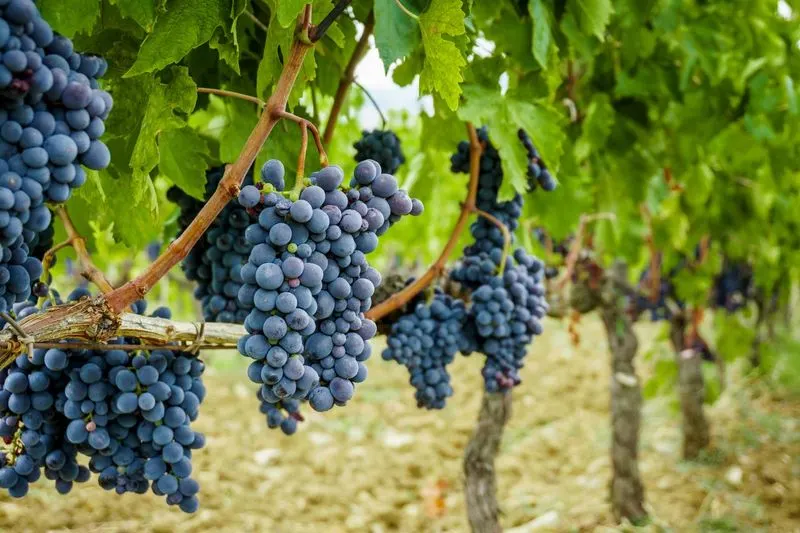
Grapevines are celebrated for their fruit and wine production, yet downy mildew can be a concern. This fungal disease causes yellow spots on leaves and can severely impact grape yields.
To combat downy mildew, ensure good air circulation and remove any infected leaves promptly. Use fungicides as needed during wet weather to protect the vines.
Proper vineyard management, including trellising and spacing, can also help reduce the risk of downy mildew, preserving your grape harvest.
Potato
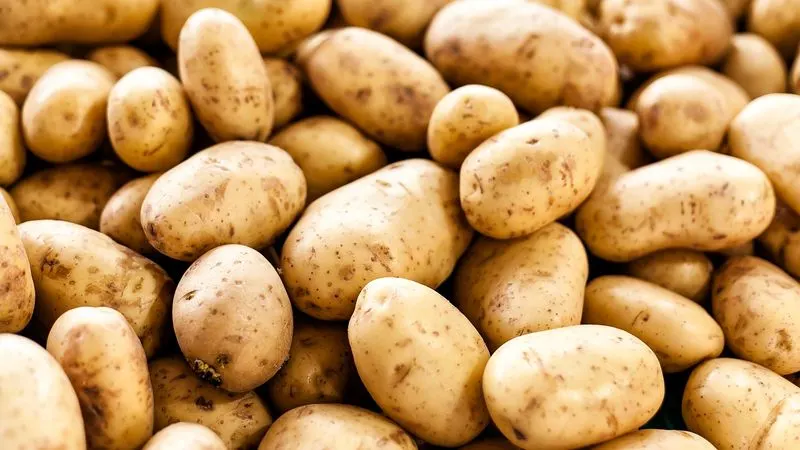
Potatoes, a staple in many diets, are not immune to late blight. This disease causes dark lesions on leaves and tubers, leading to rot.
To prevent late blight, plant potatoes in well-drained soil and space them properly to ensure good air flow. Use resistant varieties and apply fungicides as needed, especially during wet conditions.
Remove and destroy any infected plants promptly to prevent the disease from spreading to neighboring crops, safeguarding your potato harvest.
Lavender
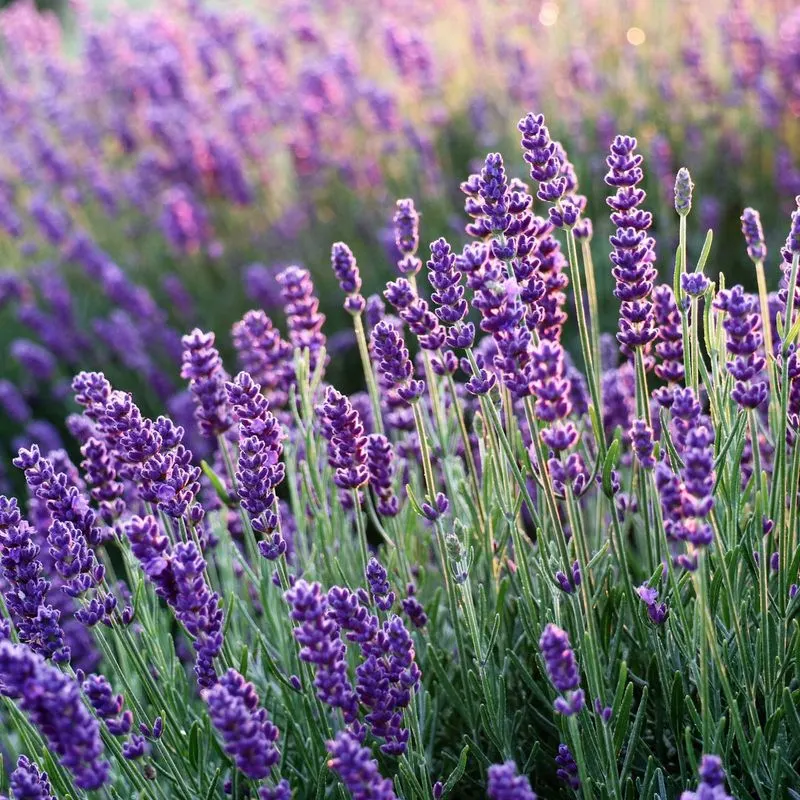
Lavender is cherished for its fragrance and beauty but can suffer from root rot. This disease, caused by overwatering or poor drainage, leads to wilting and plant death.
To prevent root rot, plant lavender in well-drained soil and avoid excessive watering. Raised beds or containers can improve drainage, especially in areas with heavy soil.
If root rot occurs, remove and destroy affected plants to prevent the spread, ensuring your lavender thrives with minimal care.
Bean
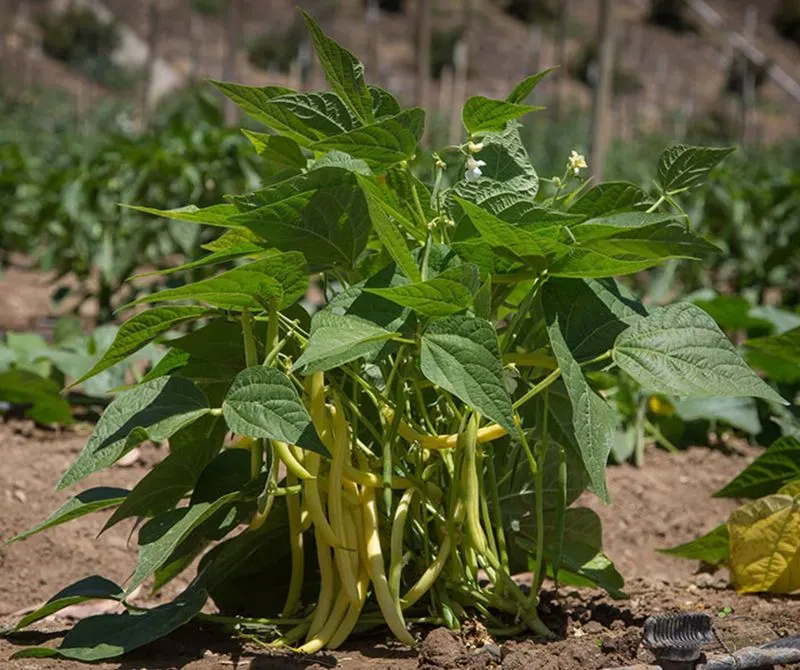
Beans are popular for their nutritious pods but can be affected by bean rust. This fungal disease produces rust-colored spots on leaves, affecting growth and yield.
To manage bean rust, plant resistant varieties and ensure good airflow around the plants. Remove and destroy infected plant material to reduce spore buildup.
Fungicide treatments can be used, but cultural controls are often sufficient in keeping rust at bay, ensuring a healthy bean harvest.
Carrot
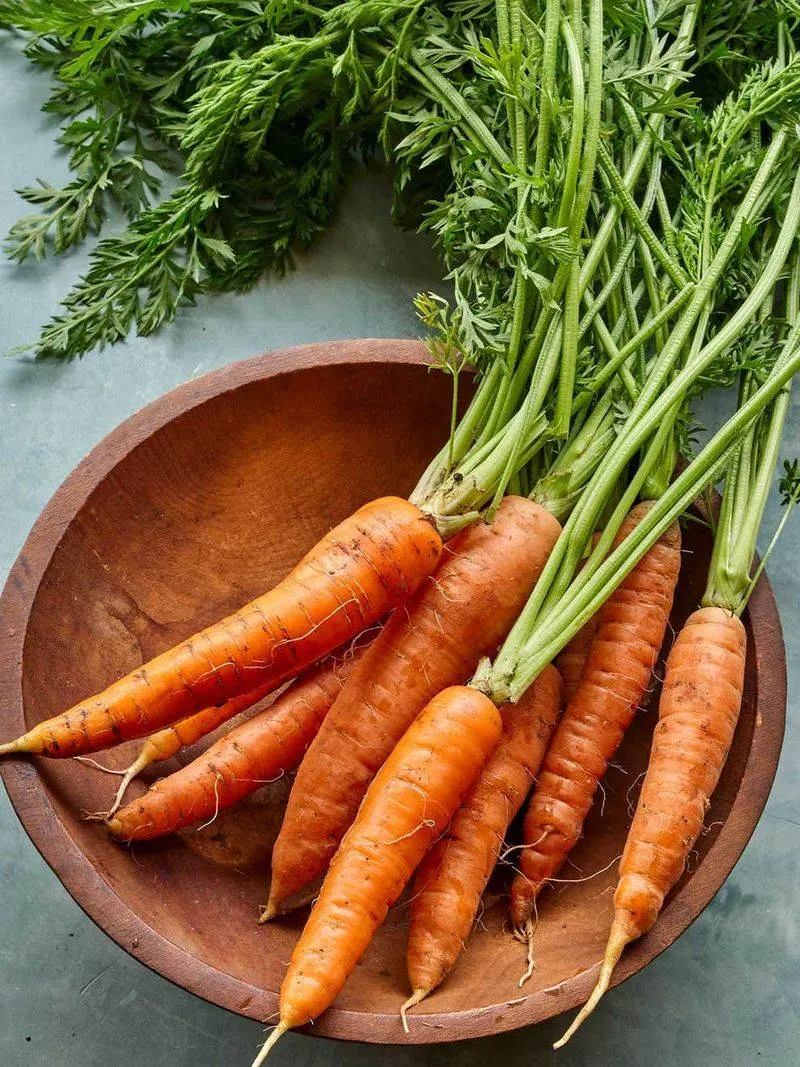
Carrots, known for their sweet roots, can be plagued by Alternaria leaf blight. This disease causes dark spots on leaves, reducing photosynthesis and root quality.
To combat leaf blight, practice crop rotation and use disease-free seeds. Ensure proper spacing for airflow and avoid overhead irrigation.
Removing infected foliage promptly can help control the spread, keeping your carrot crop healthy and productive throughout the growing season.
Spinach
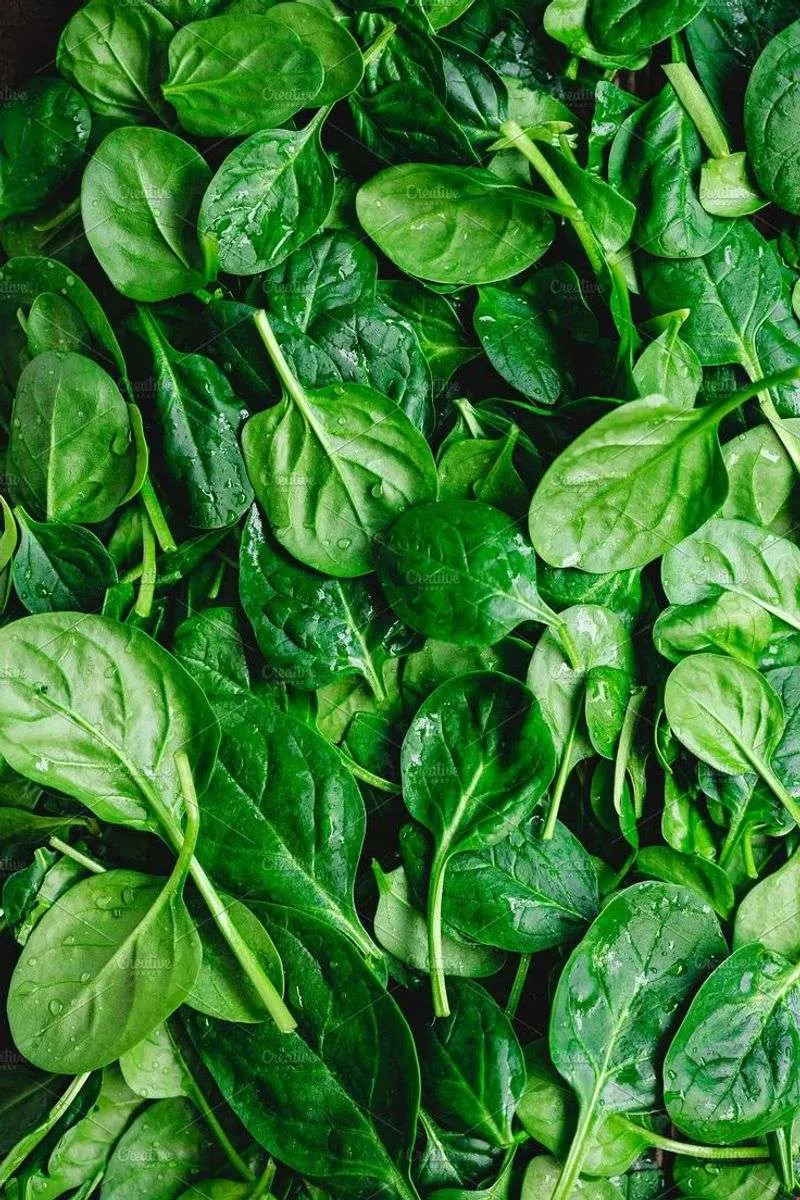
Spinach is a nutritious leafy green but can be troubled by downy mildew. This disease creates yellow patches on leaves with a fuzzy growth underneath.
To manage downy mildew, plant spinach in well-drained soil and ensure good air circulation. Water early in the day to allow foliage to dry.
Use resistant varieties and avoid planting in the same spot each year to reduce disease pressure, ensuring a bountiful spinach harvest.
Corn
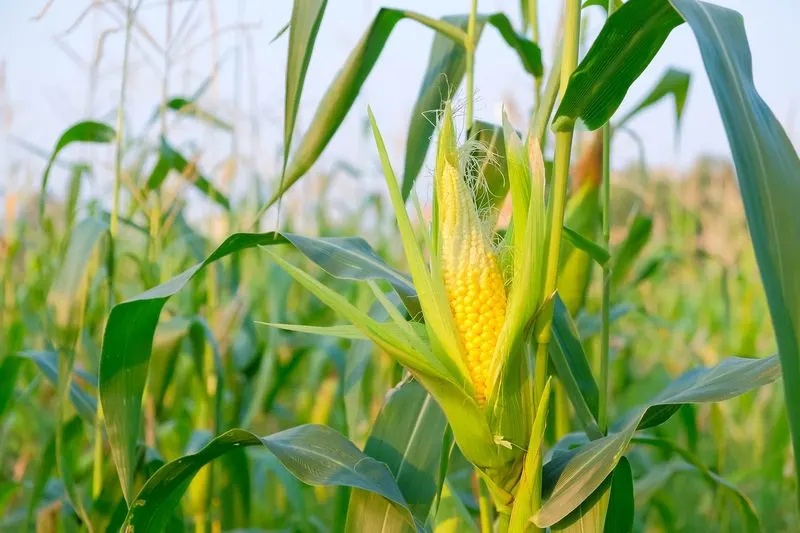
Corn, a staple crop, is susceptible to gray leaf spot. This fungal disease causes rectangular lesions on leaves, affecting photosynthesis and yield.
To control gray leaf spot, plant resistant varieties and practice crop rotation. Ensure proper spacing and avoid overhead irrigation to reduce leaf wetness.
Fungicide applications can be timed to protect the crop during vulnerable growth stages, maintaining healthy corn plants throughout the season.
Pumpkin
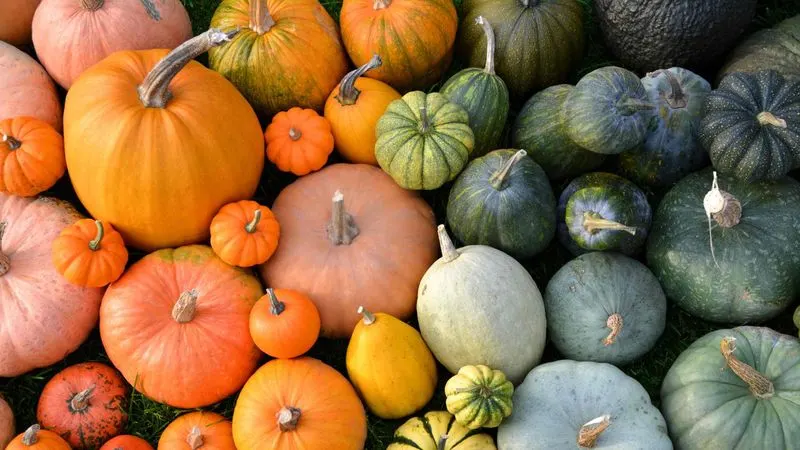
Pumpkins are iconic in fall gardens but can be hit by powdery mildew. This disease creates a white powdery coating on leaves, hindering growth.
To prevent powdery mildew, plant pumpkins in sunny locations with good airflow. Water at the base of the plant to keep foliage dry.
Fungicide treatments may be necessary, especially in humid climates. Removing infected leaves can also help in managing the disease, ensuring a bountiful pumpkin harvest.
Onion
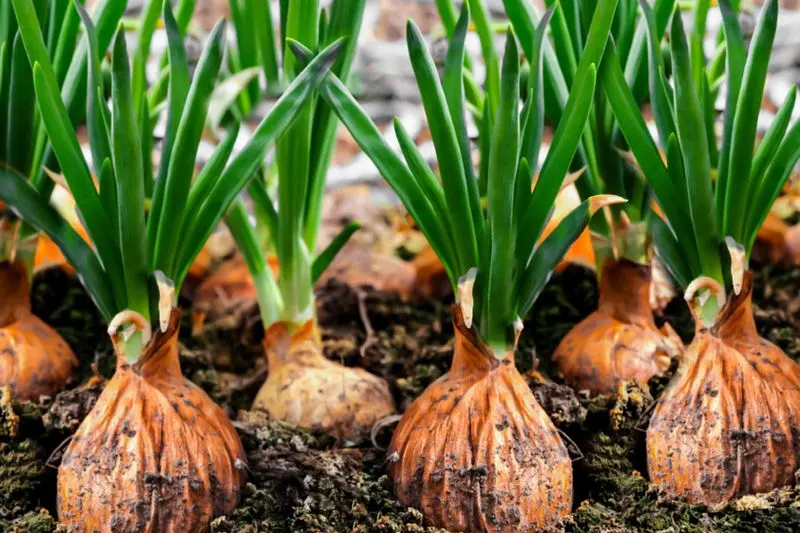
Onions, an essential ingredient in many dishes, can suffer from white rot. This fungal disease affects the bulb, causing decay and plant collapse.
To prevent white rot, practice crop rotation and avoid planting onions in infected soil for several years. Use disease-free sets and ensure good drainage.
Removing and destroying infected plants can help reduce the spread, safeguarding your onion harvest and maintaining healthy plants.
Peach Tree
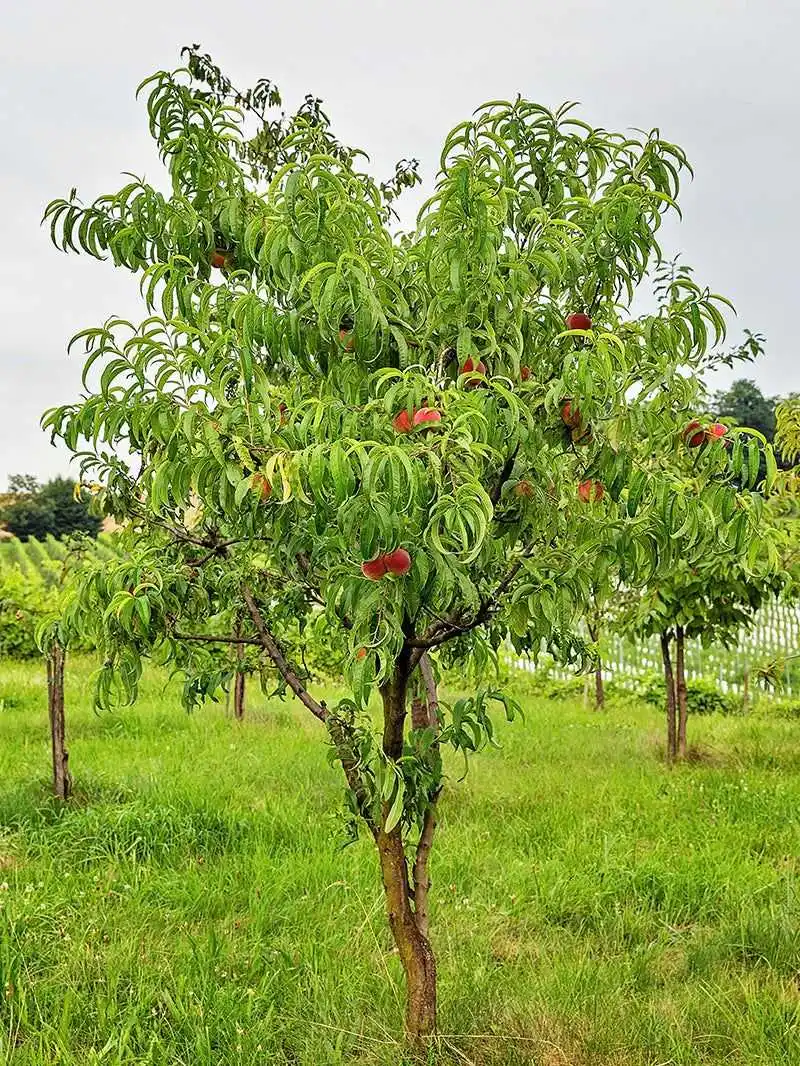
Peach trees are cherished for their juicy fruit but can be affected by leaf curl. This disease causes distorted, reddened leaves, weakening the tree.
To manage leaf curl, apply fungicides in early spring before bud break. Ensure proper pruning to improve air circulation and plant in well-drained soil.
Removing infected leaves can help reduce disease pressure, ensuring a healthy peach crop and a thriving tree.
Chili
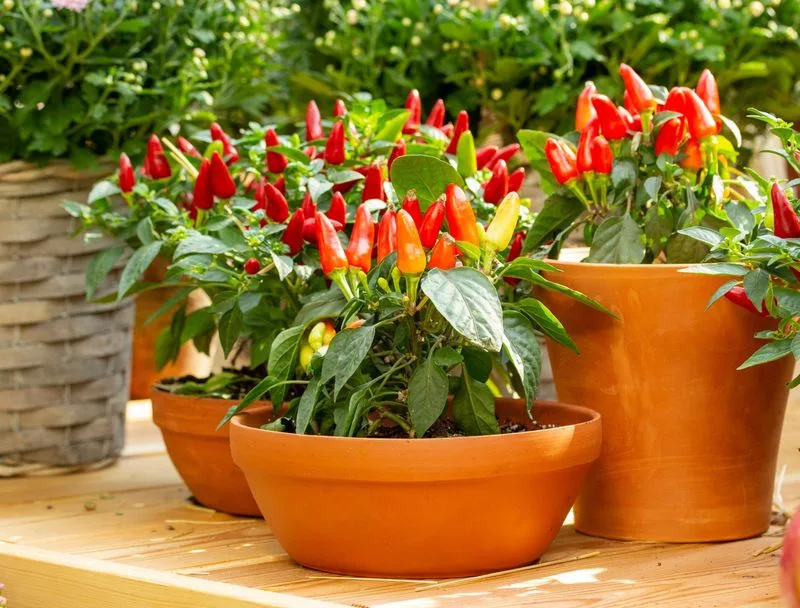
Chili plants, known for their fiery fruits, can be affected by anthracnose. This fungal disease causes dark sunken spots on fruit, reducing quality.
To prevent anthracnose, use disease-free seeds and ensure good air circulation around the plants. Avoid overhead watering and remove any infected fruit promptly.
Applying fungicides can help control the disease, ensuring a spicy and abundant chili harvest.

